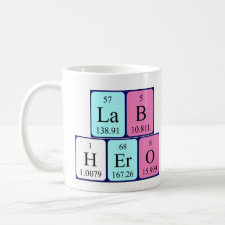
Authors: Xiong Y, Song Y, Tong Q, Zhang P, Wang YJ, Lou ZN, Zhang F, Shan WJ
Article Title: Adsorption-controlled preparation of anionic imprinted amino-functionalization chitosan for recognizing rhenium(VII).
Publication date: 2017
Journal: Separation and Purification Technology
Volume: 177
Page numbers: 142-151.
DOI: 10.1016/j.seppur.2016.12.028
Alternative URL: http://www.sciencedirect.com/science/article/pii/S1383586616320226
Abstract: This study described the synthesis of the Mo(VI)-imprinted ethylenediamine (EDA) grafted chitosan (I-EDA-CS), which is a novel technique in combination with surface imprinting and polymer crosslinking. Results indicated that mass ratio of ammonium molybdate and chitosan as 1g:25g - 3g:25g could be conducive to achieve higher adsorption capacity of Re(VII). The maximum adsorption capacity of Re(VII) was found to be 418.98 mg g-1 at 303 K with an initial Re(VII) concentration of 500 mg L-1, while maximum adsorption of Re(VII) on the non-imprinted absorbent (N-EDA-CS) was just 83.92 mg g-1. The maximum selectivity coefficients of the I-EDA-CS for Re(VII)/Cu(II), Re(VII)/Zn(II), Re(VII)/Mn(II), Re(VII)/Fe(II) were 1.29, 1.9, 2.31, 1.81, respectively. It revealed that the Mo(VI)-imprinted adsorbent showed superior selectivity and affinity to Re(VII) in case of the existence of competition ions. The analysis results of FT-IR and XPS confirmed that the high adsorption selectivity of the I-EDA-CS attributed to the chelation and electrostatic attraction between the amine groups and Re(VII) anionic complexes in the "cavities". Imprinted I-EDA-CS was successfully employed for the selective adsorption of Re(VII) from industrial wastewater
Template and target information: molybdenum ion, Mo(VI), rhenium ion, Re(VII)
Author keywords: selective adsorption, Molybdenum(VI), Rhenium(VII), Anionic imprinting, chitosan



Join the Society for Molecular Imprinting

New items RSS feed
Sign-up for e-mail updates:
Choose between receiving an occasional newsletter or more frequent e-mail alerts.
Click here to go to the sign-up page.
Is your name elemental or peptidic? Enter your name and find out by clicking either of the buttons below!
Other products you may like:
 MIPdatabase
MIPdatabase









